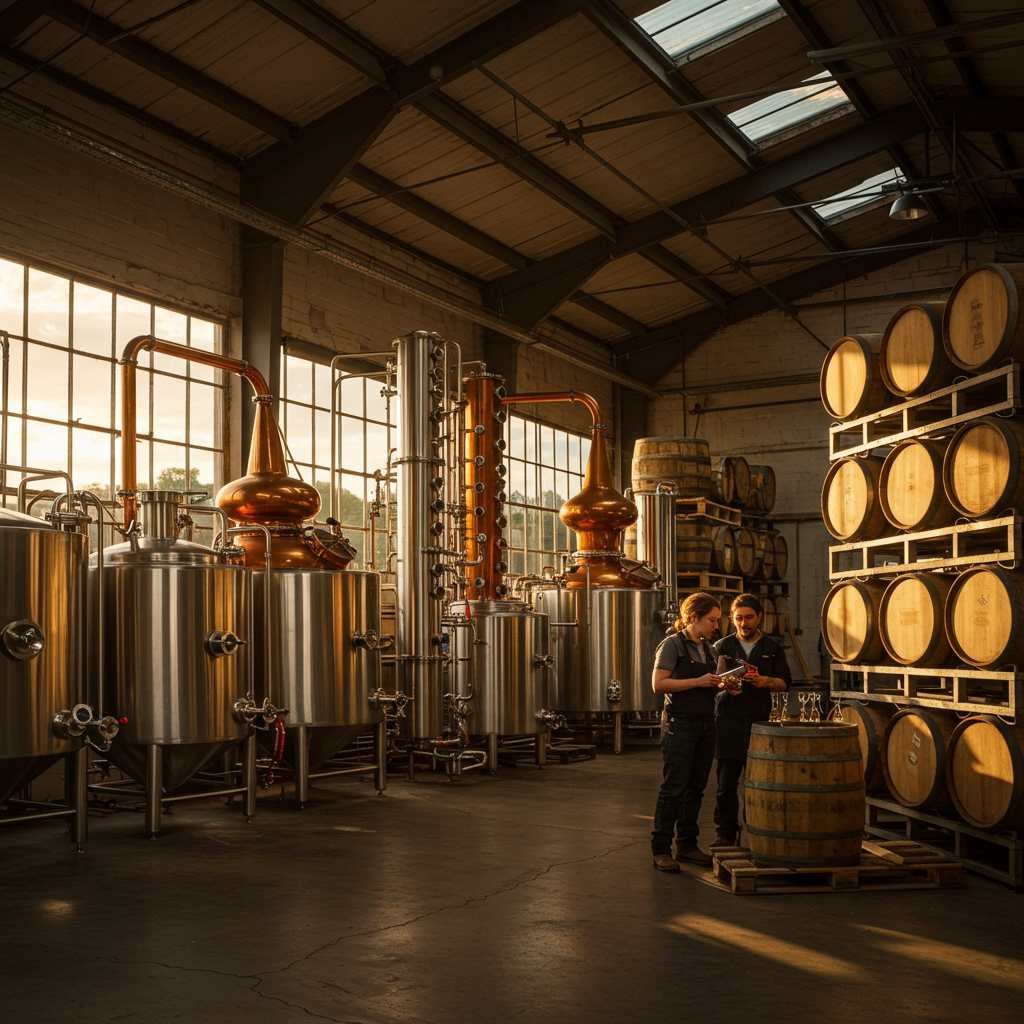Craft Beer’s Evolution: From Pints to Spirits
The vibrant world of craft beer is ever-evolving, reflecting changes in consumer tastes and industry trends. Recent shifts have some long-standing breweries exploring new horizons by branching into distilling, a move driven partly by the pandemic’s impact on beer enthusiasts’ behaviors. In 2024, while 399 breweries closed and overall production dropped by 2%, many breweries sought innovative opportunities to attract both their loyal and new patrons. Among these changes, the rise of spirits production has caught the attention of industry leaders.
Trillium Brewing, rooted in Boston’s Fort Point since 2013, is a prime example. Co-founder JC Tetreault recalls pondering the idea of venturing into whiskey-making, recognizing how close their brewing process was to distilling. The transition from brewing beer without hops to creating whiskey could invite more customers to the brewery, expanding their palate from IPAs to spirits.
Bottling Innovation: Expansion into Spirits
Trillium’s leap into distilling wasn’t without its hurdles. Legal requirements demanded a separate distilling location and licensing, highlighting the complexities faced by breweries aiming to diversify their offerings. Yet, this transition aligns with Trillium’s long-held philosophy of broadening its beverage selection beyond beers.
Tree House Brewing Company, located in Charlton, Massachusetts, shares a similar story. Known for creating juicy IPAs like Julius and Haze, they too began distilling in 2021, crafting “grain to glass” spirits named Old Growth Bourbon and Rye using New England grains. Their expansion into spirits signifies an adaptive strategy, enhancing their brand’s appeal to a wider audience.
Blazing the Trail: Breweries Pioneering Distilling
While breweries like Trillium and Tree House may seem like pioneers, the trend of breweries distilling spirits is not entirely new. Renowned breweries such as Oregon’s Rogue and Michigan’s New Holland Brewing have dabbled in spirits for over a decade. These forays illustrate how beer and whiskey production can complement each other, drawing on similar skills and resources.
Take Anchor Brewing from California, which launched its Old Potrero rye whiskey as far back as 1993. Bruce Joseph, their first master distiller, emphasizes the seamless transition from brewer to distiller, leveraging beer-making techniques in whiskey production.
Beyond Beer: Embracing a Broader Beverage Spectrum
Expanding from beer to spirits isn’t solely about crafting whiskey. Many breweries are developing a diverse line of products. Tree House produces rum, brandy, and innovative can-ready cocktails like ‘Casa de Árbol,’ appealing to customers seeking variety without departing from craft quality.
Similarly, New York’s Finback Brewing has found success with its Halftone gin, incorporating hop-forward flavors reminiscent of its beers. These strategic expansions into spirits allow breweries to attract new demographics, foster community engagement, and transform their spaces into vibrant, multi-functional venues.
Trillium’s evolution, such as transforming its Fort Point location into the Headroom Hi-Fi Cocktail Lounge, exemplifies adaptive growth. This transformation caters to diverse consumer preferences and revitalizes interest in craft beer-rich spaces by offering an all-encompassing beverage experience.
BreweriesNearMe.us remains dedicated to spotlighting these innovative approaches by U.S. craft breweries. Explore the burgeoning world of breweries and distilleries, and see how these bold moves redefine the American craft brewing landscape.



